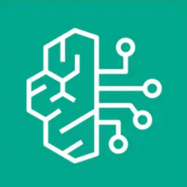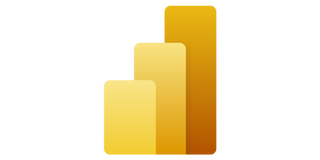Nexi is the European PayTech, present in high-growth European markets and technologically advanced countries. Listed on Euronext Milan, Nexi has the scale, geographical reach, and capabilities to lead the transition to a cashless Europe. With an innovative product portfolio, e-commerce expertise, and industry-specific solutions, Nexi provides flexible support for the digital economy and the global payment ecosystem through various channels and payment methods. Nexi’s technological platform and best-in-class professional skills enable the company to excel in three market segments: Merchant Solutions, Issuing Solutions, and Digital Solutions. Nexi consistently invests in technology and innovation, focusing on two fundamental principles: meeting the needs of its customers in collaboration with partner banks and creating new business opportunities for them. Committed to supporting people and businesses of all sizes, Nexi transforms the way people pay and businesses accept payments, offering customers the most innovative and reliable solutions to better serve their clients and grow. This is how Nexi promotes progress for everyone: simplifying payments and enabling individuals and businesses to build closer relationships and grow together.
-
Industries
Le industries con cui collaboriamo: rispondiamo a qualsiasi sfidaVEDI TUTTE LE INDUSTRIES
-
Solutions
Le nostre Solutions: per estrarre il massimo valore dai datiVEDI TUTTE LE SOLUTIONS
-
Technologies
Le nostre tecnologie: non abbiamo paura delle sfideVEDI TUTTE LE TECHNOLOGIES
- Events
- People
- Careers
























